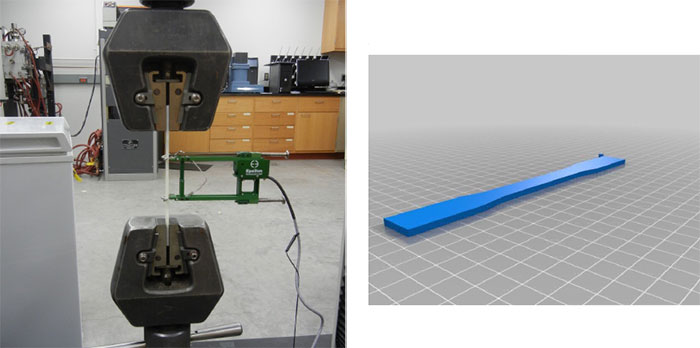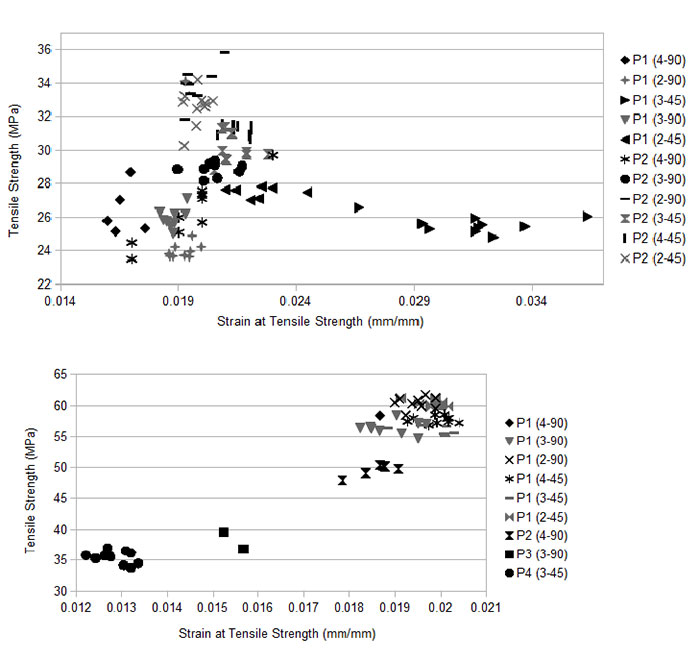If you thought that plastic parts produced from your average RepRap desktop 3D printer were in any way weaker than those made with commercial 3D printers, you may be proven wrong. The research lab of Dr. Joshua Pearce at Michigan Technological University has once again put out a study in favour of low-cost 3D printing. After already establishing that such devices could create affordable open source lab equipment for universities, as well as save consumers $300 to $2,000 a year with the printing of common household items, Pearce’s lab has tried to demonstrate that low-cost 3D printers can print ABS and PLA parts with the same strength as those made with commercial printers.

Dr. Pearce explains his motivation for the project, saying, “RepRaps could print parts that look identical to plastic prints from professional 3D printers that cost 10s or even 100s of thousands of dollars, but there was a concern among engineers and the general public that the low-cost printers could only print flimsy plastic trinkets. We were curious too. Our prints seemed strong, but we wanted to engineer robust scientific equipment and tools for the developing world, so we needed solid trustworthy numbers.”

The research team documented their findings, discovering that the average tensile strengths of ABS parts to be 28.5 MPa and PLA parts to be 56.6 MPa. The average elastic moduli of ABS was 1807 MPa and for PLA was 3368 MPa. The specific values of every test varied depending on the layer height of a print, as well as the test object’s orientation. Pearce concludes, “The results of the study are clear – parts printed from tuned, low-cost, open-source RepRap 3-D printers can be considered as mechanically functional in tensile applications as those from commercial vendors. In many cases they were actually stronger than the results reported in the literature.”
There’s still a great deal of research ahead of the team, to further elucidate the properties of objects printed with low-cost 3D printers, such as the effects of chemical post-processing on the strength of a print. Pearce explains, “This study only looked at the tensile strength in the plane of the print bed, next we need to expand this study to look at interlayer adhesion.” In addition to PLA and ABS, the team plans to study other plastics, including recycled materials that might be produced by the RecycleBot and Filastruder, with Dr. Pearce adding, “These results add to the preponderance of evidence that mass-scale distributed digital manufacturing with open-source 3D printing is technically possible.”
Source: Michigan Tech


